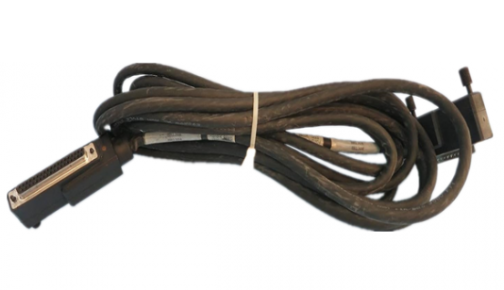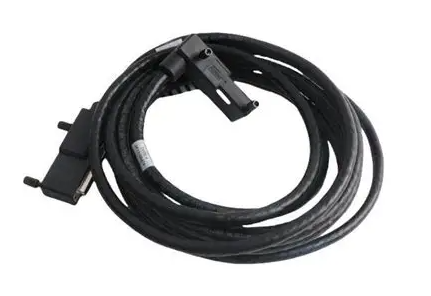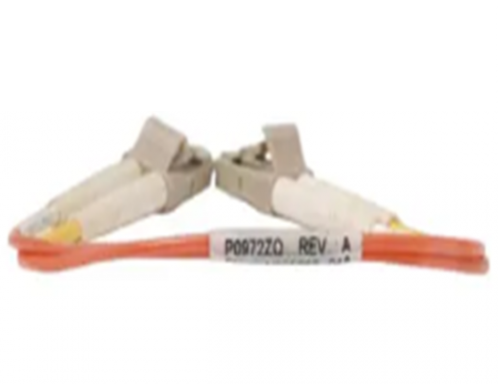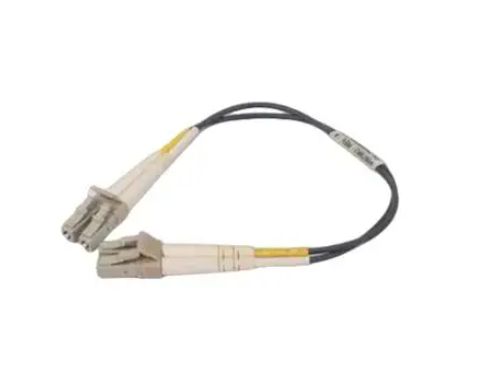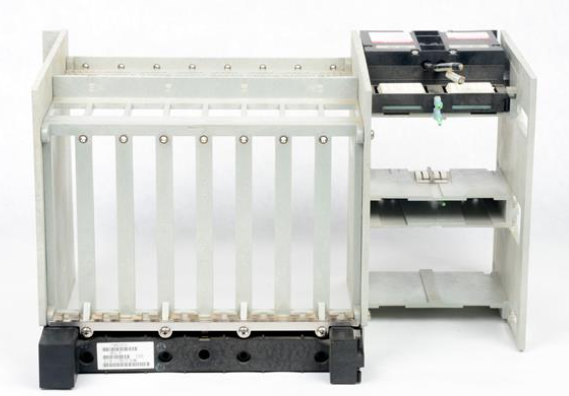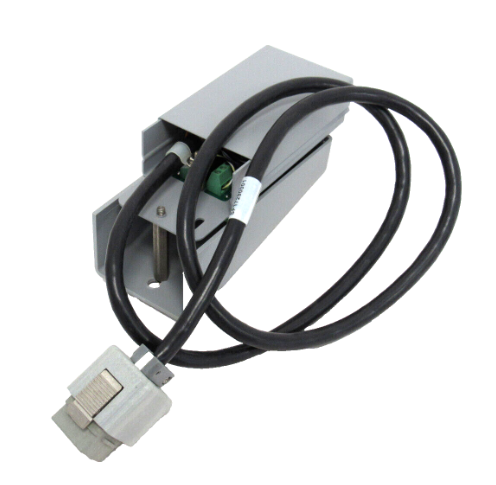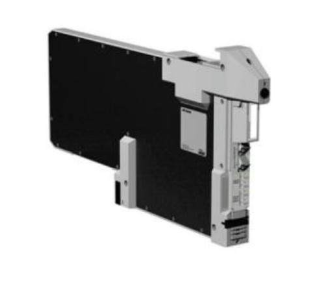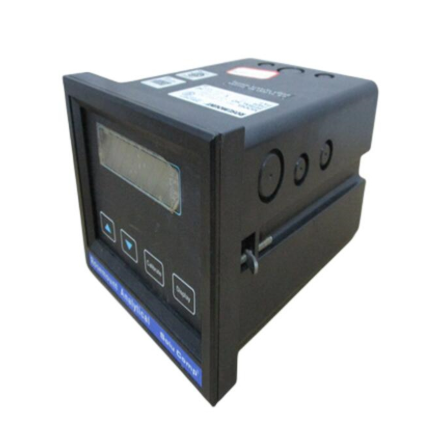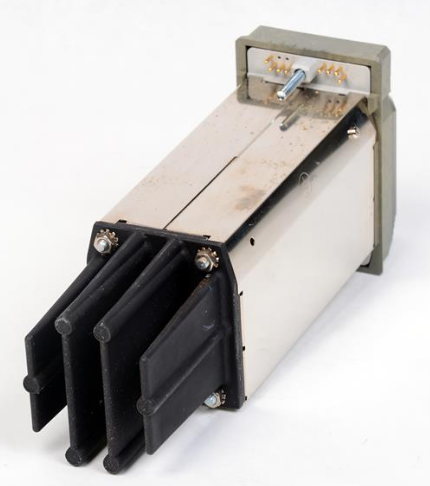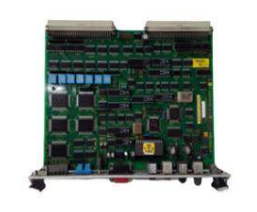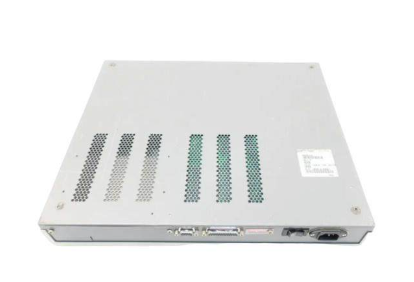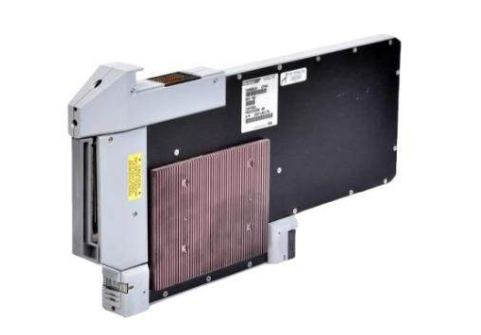Develop a modern infrastructure system
2. Accelerating the building of China into a transport powerhouse
During the "14th Five-Year Plan" period, China's transportation is in the accelerated period of taking the lead in realizing modernization, the key period of accurately making up the shortcomings of facilities, and the continuous period of improving the overall efficiency. It is necessary to promote all-round transformation and development in accordance with the requirements of the construction of a powerful transportation country, and build a safe, convenient, efficient, green and economic modern comprehensive transportation system.
First, we will improve comprehensive transport corridors. At present, the "ten vertical and ten horizontal" comprehensive transport channel pattern has been basically formed, but the functional problems of the channel structure are still prominent. It is necessary to speed up the construction of strategic backbone corridors, speed up the connecting of missing sections, and orderly promote the upgrading and expansion of corridors with limited capacity. With the focus on the Belt and Road Initiative, China will strengthen infrastructure connectivity with neighboring countries and promote the construction of a staging center for China-Europe express trains.
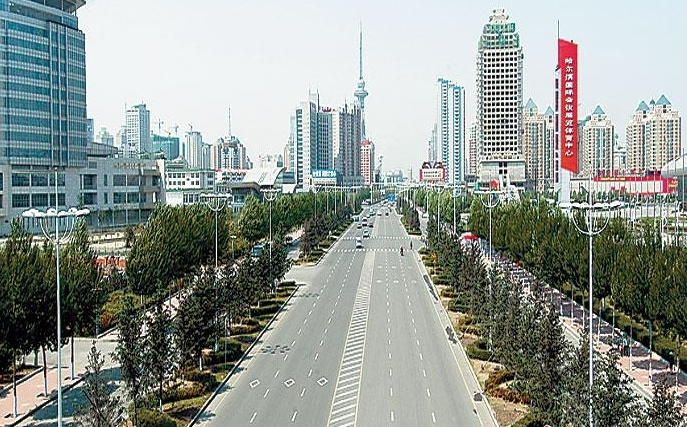
The second is to build a high-quality comprehensive three-dimensional transportation network. We need to improve the layout of the high-speed network, basically connect the main corridors of the eight-vertical and eight-horizontal high-speed railway, improve the quality of the national highway network, and accelerate the development of world-class airport and port clusters in the Beijing-Tianjin-Hebei Region, the Yangtze River Delta, and the Guangdong-Hong Kong-Macao Greater Bay Area. We need to improve the quality of the backbone network, coordinate the construction of new lines and the upgrading of existing ones, place equal emphasis on passengers and goods, accelerate the construction of high-speed railways, upgrade bottlenecked sections of ordinary national and provincial highways and connect those to be built, expand and upgrade the capacity of high-level inland waterways, and steadily build regional airports, general airports, and cargo airports. We will promote the implementation of the express delivery project "entering villages and factories and going to sea" to improve the inclusiveness of logistics services. We will strengthen the capacity of basic networks, increase the depth of transport connections, promote the construction of regional railways, speed up the construction of roads to and from border areas, implement the rural revitalization road project, and promote the construction of road safety facilities.
Third, we will take the lead in modernizing transportation in urban agglomerations. We will accelerate the construction of intercity railways and urban (suburban) railways around major city clusters and metropolitan areas, promote the development of urban rail transit in an orderly manner, and promote the "four-network integration" of trunk railways, intercity railways, urban (suburban) railways and urban rail transit. It is necessary to construct a highway loop system according to the actual situation, effectively separate urban traffic and transit traffic, and reduce traffic congestion.
Fourth, we will strengthen the integrated connectivity of the comprehensive transportation network and the service capacity of the whole chain. It is necessary to vigorously develop combined passenger transport and multimodal transport of goods, and promote the "one-ticket" and "one-ticket" services for the whole process. Improve the functional layout of the hub city level, and focus on the transfer and installation efficiency and collection and distribution system construction between the hub terminals and stations. Improve major logistics infrastructure networks such as the national logistics hub and the national backbone cold chain logistics base, and promote the formation of a modern logistics operation system of "channel + hub + network". Strengthen the comprehensive development of the hub and promote the deep integration with urban functions. We will comprehensively deepen reforms in key areas such as railways, the air traffic control system, and the road toll and maintenance system.
3. Building a modern energy system
During the "14th Five-Year Plan" period, actively respond to global climate change and the uncertainty of stable international energy supply, and work in both directions to accelerate energy transformation. It is necessary to control coal, stabilize oil and increase gas, vigorously develop non-fossil energy, and simultaneously improve the regulation capacity of the power system to build a clean, low-carbon, safe and efficient energy system.
First, accelerate the development of non-fossil energy. In order to support economic development and address climate change, non-fossil energy has become an inevitable choice. During the "14th Five-Year Plan" period, the competitive advantages of photovoltaic power generation and wind power market gradually emerged, we must adhere to centralized and distributed simultaneously, pay equal attention to onshore and offshore, build photovoltaic power generation and wind power bases, accelerate distributed development, and orderly construction of offshore wind power. We will start the hydropower development project on the lower reaches of the Brahmaputra River, make full use of the large hydropower regulation capacity, and build a number of integrated wind and water storage energy bases. Promote the upgrading of in-service coal power base to wind and fire (storage) integrated base. Safe and sound construction of coastal nuclear power.
- EMERSON
- Honeywell
- CTI
- Rolls-Royce
- General Electric
- Woodward
- Yaskawa
- xYCOM
- Motorola
- Siemens
- Rockwell
- ABB
- B&R
- HIMA
- Construction site
- electricity
- Automobile market
- PLC
- DCS
- Motor drivers
- VSD
- Implications
- cement
- CO2
- CEM
- methane
- Artificial intelligence
- Titanic
- Solar energy
- Hydrogen fuel cell
- Hydrogen and fuel cells
- Hydrogen and oxygen fuel cells
- tyre
- Chemical fiber
- dynamo
- corpuscle
- Pulp and paper
- printing
- fossil
- FANUC
- Food and beverage
- Life science
- Sewage treatment
- Personal care
- electricity
- boats
- infrastructure
- Automobile industry
- metallurgy
- Nuclear power generation
- Geothermal power generation
- Water and wastewater
- Infrastructure construction
- Mine hazard
- steel
- papermaking
- Natural gas industry
- Infrastructure construction
- Power and energy
- Rubber and plastic
- Renewable energy
- pharmacy
- mining
- Plastic industry
- Schneider
- Kongsberg
- NI
- Wind energy
- International petroleum
- International new energy network
- gas
- WATLOW
- ProSoft
- SEW
- wind
- ADVANCED
- Reliance
- YOKOGAWA
- TRICONEX
- FOXBORO
- METSO
- MAN
- Advantest
- ADVANCED
- ALSTOM
- Control Wave
- AB
- AMAT
- STUDER
- KONGSBERG
- MOTOROLA
- DANAHER MOTION
- Bently
- Galil
- EATON
- MOLEX
- Triconex
- DEIF
- B&W
- ZYGO
- Aerotech
- DANFOSS
- KOLLMORGEN
- Beijer
- Endress+Hauser
- MOOG
- KB
- Moxa
- Rexroth
- YAMAHA
- Johnson
- Westinghouse
- WAGO
- TOSHIBA
- TEKTRONIX


Email:wang@kongjiangauto.com



